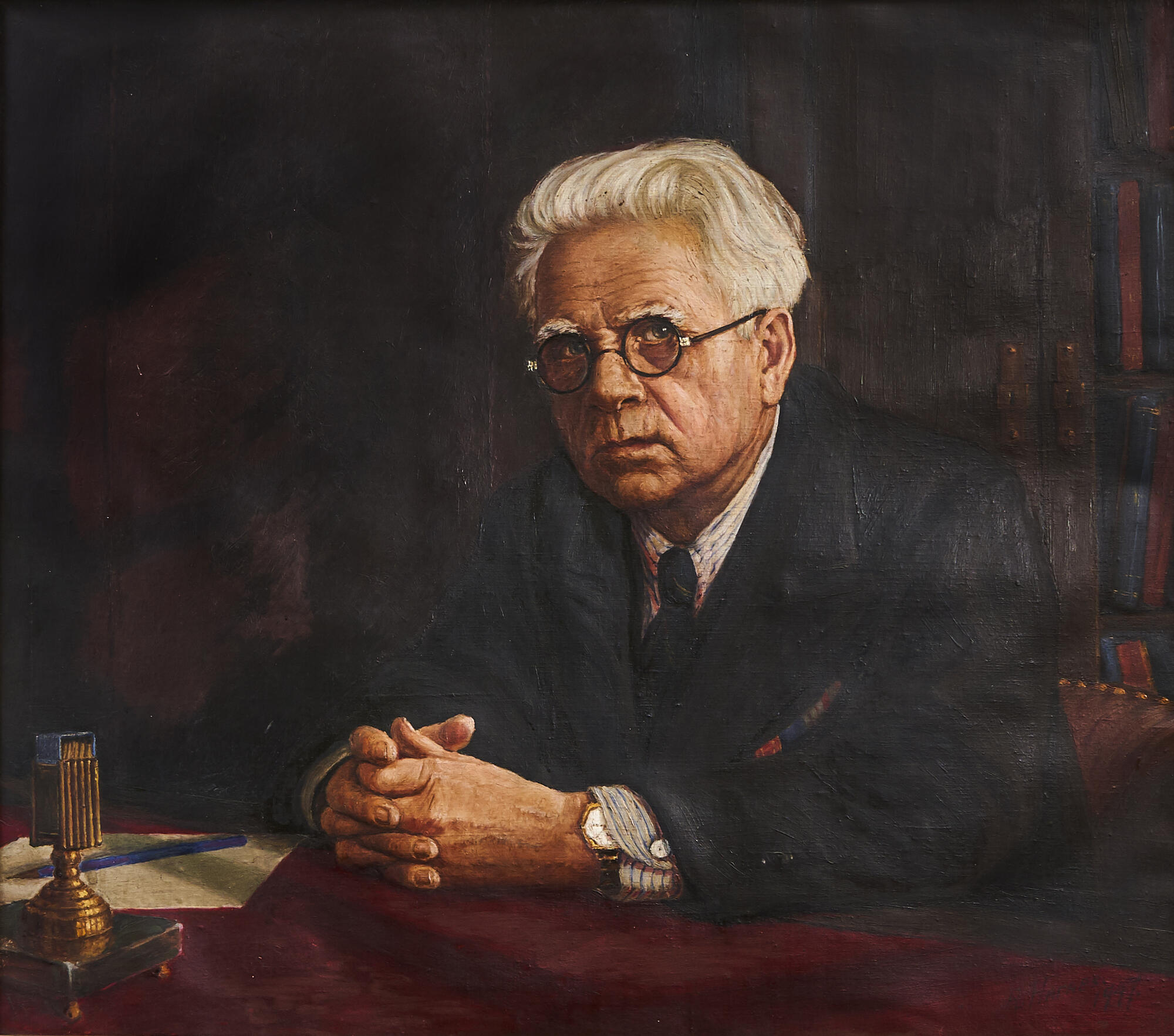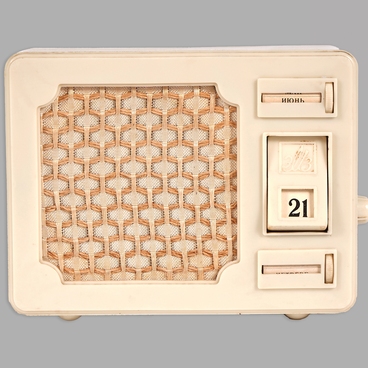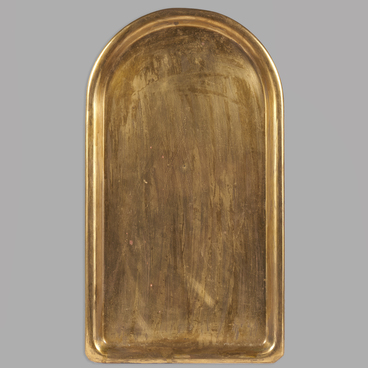The works of the writer Fyodor Vasilyevich Gladkov reflected many events of the post-revolutionary period and reproduced the unique atmosphere of those years — the atmosphere of enthusiasm of communist Sundays and everyday work, the consequences of devastation and the heroic impulse of workers. While living and working in Novorossiysk, Gladkov received vivid, exciting and memorable impressions that lasted a lifetime.
Gladkov lived and worked in Novorossiysk after his Siberian exile from January 1910 to 1914 and from 1918 to 1921. He was one of the active participants in many events in Novorossiysk after the liberation of the city from the White Guard in March 1920.
The Novorossiysk Historical Museum-Reserve has an exhibition dedicated to Fyodor Vasilyevich Gladkov: the interior of the office and living room of his Moscow apartment, as well as a memorial collection of things, documents, and photographs.
The portrait depicts Fyodor Vasilyevich Gladkov, a Russian Soviet writer, journalist, war correspondent, teacher, and winner of two Stalin Prizes. He was often called a “classic of Socialist Realism”. The portrait of Gladkov was painted in 1947, when he was already the director of the Literature Institute and a well-known writer, whose novels had been translated into many languages and films based on his works had been shot. Gladkov created literary portraits of a number of writers (P. Bazhov, A. Serafimovich) and public figures (M. Kalinin, I. Skvortsov-Stepanov).
In the central part of the painting, there is a close-up of a half-length image of a man. He sits at the table with his hands clasped together in front of him. His facial features are large and strong-willed; his gray hair is combed back from the forehead, and he wears round-shaped glasses. He is dressed in a dark-colored suit and a light-colored striped shirt, with a tie at the collar. A watch peeks out from under the sleeve, emphasizing the status of the image. There is an ink set on the table, a sheet of paper and a pencil. The portrait is painted on a dark background, which merges with the tabletop and the walls of the bookcase behind the man.
Gladkov lived and worked in Novorossiysk after his Siberian exile from January 1910 to 1914 and from 1918 to 1921. He was one of the active participants in many events in Novorossiysk after the liberation of the city from the White Guard in March 1920.
The Novorossiysk Historical Museum-Reserve has an exhibition dedicated to Fyodor Vasilyevich Gladkov: the interior of the office and living room of his Moscow apartment, as well as a memorial collection of things, documents, and photographs.
The portrait depicts Fyodor Vasilyevich Gladkov, a Russian Soviet writer, journalist, war correspondent, teacher, and winner of two Stalin Prizes. He was often called a “classic of Socialist Realism”. The portrait of Gladkov was painted in 1947, when he was already the director of the Literature Institute and a well-known writer, whose novels had been translated into many languages and films based on his works had been shot. Gladkov created literary portraits of a number of writers (P. Bazhov, A. Serafimovich) and public figures (M. Kalinin, I. Skvortsov-Stepanov).
In the central part of the painting, there is a close-up of a half-length image of a man. He sits at the table with his hands clasped together in front of him. His facial features are large and strong-willed; his gray hair is combed back from the forehead, and he wears round-shaped glasses. He is dressed in a dark-colored suit and a light-colored striped shirt, with a tie at the collar. A watch peeks out from under the sleeve, emphasizing the status of the image. There is an ink set on the table, a sheet of paper and a pencil. The portrait is painted on a dark background, which merges with the tabletop and the walls of the bookcase behind the man.



